Author: Nupur J Sharma
The outrage was amusing and deafening, in an attempt to defend the insidious comments of the man who oversaw the rise of ISIS - Barack Obama. One wonders if those opposing Himanta Biswa Sarma and claiming to fight for the rights of Muslims are fighting for the right of Islamists and Jihadis to unleash violence against Hindus and tear India apart once again
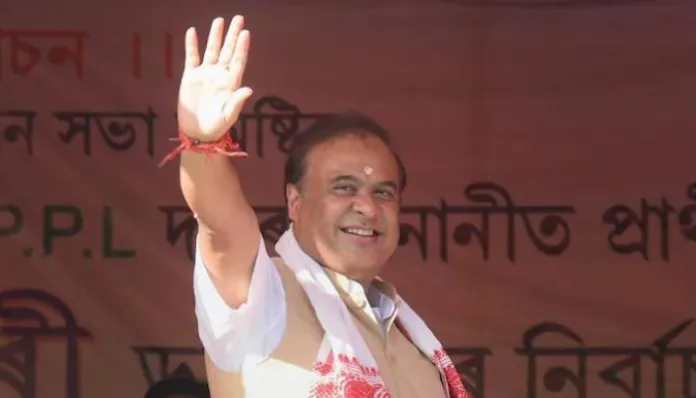
Obama, who has a notorious record as a potential war criminal, suggested that the Indian Prime Minister must be told by the Biden administration about protecting the ‘Muslim minority in a majority Hindu India.’ He also hinted at another ‘partition’ of India, under which the Modi government did not mend its ways.
He said, “If President (Joe Biden) meets with Prime Minister (Narendra) Modi, the protection of Muslim minority in a majority Hindu India is something worth mentioning.” Barack Obama also claimed, “If I had a conversation with Prime Minister Modi, then part of the conversation would be that if you do not protect the rights of minorities, then there is a strong possibility that India at some point starts pulling apart…That would be contrary to the interests of India”.
The Liberal and Islamist cabal was celebrating this comment by former US President Barack Obama. It is pertinent to note that Obama himself has the unique distinction of bombing more Muslims across the globe than any other leader. He launched airstrikes in at least seven Muslim-majority countries of Afghanistan, Yemen, Somalia, Iraq, Syria, Libya and Pakistan, killing thousands of Muslims.
The United States of America, whether Obama was the President or not, has a terrible human rights track record with rampant atrocities against minorities – with a history of slavery, modern-day racism and atrocities against African-Americans, a crippling wage gap and further persecution of Muslims right after the 9/11 terror attack.
The Liberals and Islamists, who claim to be bleeding hearts for the Muslims of the world, including the terrorists and Islamists, had no compunctions allying with a potential war criminal who murdered several Muslims while he was in power simply to bring PM Modi and India down, furthering the mythical trope of Muslim persecution.
Rohini Singh, the woman who had disappeared from social media after emphatically claiming that Akhilesh Yadav would win Uttar Pradesh, extended her support to Obama and, strangely, picked Assam to berate the current government dispensation. Displaying the glory of her terribly low IQ, she wondered if the Assam police were on their way to arrest Obama for hurting sentiment. Responding to her wondrous asininity, Assam Chief Minister Himanta Biswa Sarma responded with a scathing tweet. He said, “There are many Hussain Obama in India itself. We should prioritise taking care of them before considering going to Washington. The Assam police will act according to our own priorities,” the Assam CM tweeted.
Leftists and Islamists, of course, had their knickers in a bunch rather instantly. The outrage was amusing and deafening, in an attempt to defend the insidious comments of the man who oversaw the rise of ISIS – Barack Obama.
Essentially, the global Left ecosystem used the comments by Himanta Biswa Sarma to allege that the concern about Muslims displayed by Obama was spot on, given that Modi’s Chief Minister was himself talking about persecuting Muslims. Further, many asked for USA intervention in India based on this comment, saying that the tweet was an example of the human rights of Muslims being stifled in India under the leadership of PM Modi and another leader of the BJP.
If one breaks down the statement by Obama, there are two main components that one needs to focus on to understand what ‘kind of people’ was Himanta Biswa Sarma talking about arresting.
- Obama’s distinction between Hindu India and Muslim India
- The fact that he alluded to a second partition of India
Firstly, Obama should realise that India is India. Bharat. A ‘Muslim India’ was already carved out of the nation when Muslims claimed they could not survive with Hindus in India as their Muslim identity constituted a nation of its own. In 1947, Pakistan was created based on the fanaticism of one religion, and that religion certainly was not Hinduism – it was Islam – however, one won’t be remiss if one says that Barack Hussein Obama would not have the temerity to acknowledge the fanatic moorings of Islam and what those moorings did to Bharat. The partition of India based on religion, a partition demanded by the Muslims, was a blood-soaked one with several genocides of Hindus – from the Malabar genocide of Hindus to the Direct Action Day, the streets of Bharat were littered with Hindu bodies, chopped, raped, massacred by Muslims. If one wishes to go further back in time, one could also evaluate the period of Islamic invasion, where Hindu Temples were desecrated, Hindus were forcefully converted, beheaded upon refusal, barred from practising their religion, and so on. This article, however, is not to give Barack Obama a history lesson, one he desperately needs.
One simply needs to reiterate that a “Muslim India” already exists – in the form of Pakistan – the greatest exporter of Islamic terrorism, cross-border aggression and Islamic fundamentalism. It is in “Muslim India” that Hindus are persecuted regularly, with minors being raped and converted to Islam, forced to marry old Muslim men, Hindus being lynched in the streets in broad daylight and more.
One also needs to reiterate that Hindus and Bharat are not new to threats of partition, similar to the ones issued by Barack Hussein Obama. The nature of Muslim separatism was encapsulated rather well by the father of Communism. Karl Marx stated in 1854, “The Koran and the Mussulman legislation emanating from it reduce the geography and ethnography of the various people to the simple and convenient distinction of two nations and two countries; those of the Faithful and the Infidels. The Infidel is “Harby,” i.e. the enemy. Islamism proscribes the nation of the Infidels, constituting a state of permanent hostility between the Mussulman and the unbeliever.”
It was this very mentality, which was verbalised by Barack Hussein Obama, that led to the partition of India. The cycle has continued to date. Jinnah, for example, called for a separate Muslim nation because he felt that Muslims were not safe in Hindu majority India – this – while it was the Muslims who were massacring Hindus and this – while he gave a call to murder Hindus leading to the Direct Action Day. Once the violence was unleashed by the Muslims after they believed they were being victimised, sans proof or merit, they would blame the Hindus aided by the ‘secular’ politicians and leaders, threatening and demanding that they be given special privileges because they were persecuted.
There are, to this date, several Islamists in India who follow the same pattern. Despite the Islamist aggression, it is the Muslims who are to branded as victims in perpetuity. The Communal Violence Bill aimed to do just that. In the Purola case, too, for example, it is a Muslim man who abducted a minor Hindu girl, but the narrative is spun as such that the Muslims of the area are the REAL victims simply because the Hindus decided to protest against these religiously motivated crimes. Delhi Riots was another such example. While people from both communities died in the riots, it is pertinent to note that the Delhi anti-Hindu riots were planned for three months before the low-level everyday violence and hate speech culminated in the anti-Hindu riots. Several Islamists and Leftists had meticulously planned the riots to “teach Kafirs a lesson”, in the words of Tahir Hussain. The violence in February 2020 started with an onslaught against Hindus as well. The first to lose his life in the riots was countable Ratan Lal, who was lynched to death by a Muslim mob. Thereafter, others like Ankit Sharma, Dilbar Negi and several others were brutally murdered. Disregarding the conspiracy, the plan hatched, the meticulous planning of the violence, the hateful slogans, and so much more, the global media run by the Left and the Islamists cries hoarse, turning it into an anti-Muslim pogrom. The propaganda was such that NDTV deliberately cropped live footage of a mosque to ensure that bricks on the terrace were not visible to people.
When Himanta Biswa Sarma says that those who are like Barack Hussein Obama would be dealt with in India, he merely means that those who believe in the concept of a Muslim India – that is, Pakistan – and those who unleash violence and then threaten to tears India apart if their demands are not met – won’t be tolerated and will be met with the full force of the law.
One only wonders why the Liberals and Islamists globally are outraged by the idea of Bharat protecting its integrity and sovereignty. One wonders if those opposing Himanta Biswa Sarma and claiming to fight for the rights of Muslims are fighting for the right of Islamists and Jihadis to unleash violence against Hindus and tear India apart once again, all the while painting themselves as the victims with the help of Indian liberals and others like Barack Hussein Obama.
However, as a leader with appeal beyond Assam, he should henceforth avoid replying to jobless trolls masquerading as journalists, something PM Modi excels at
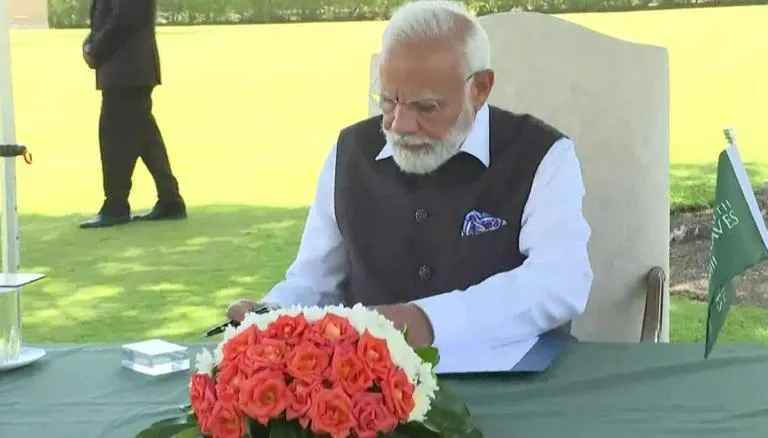
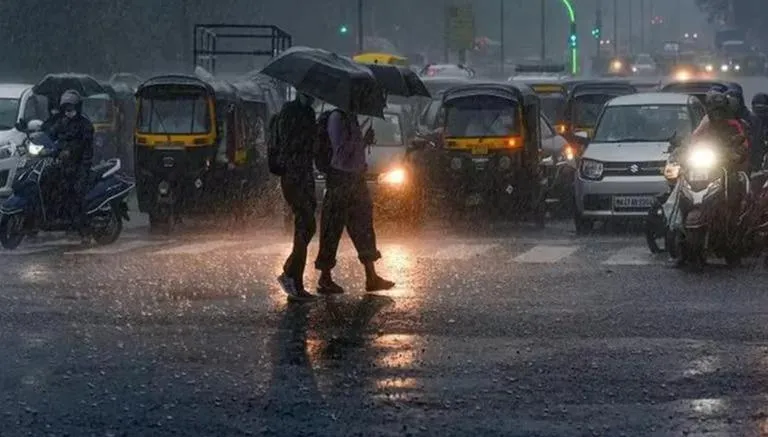


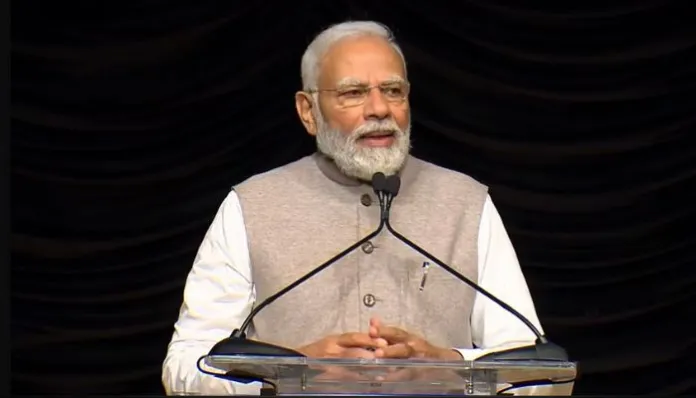
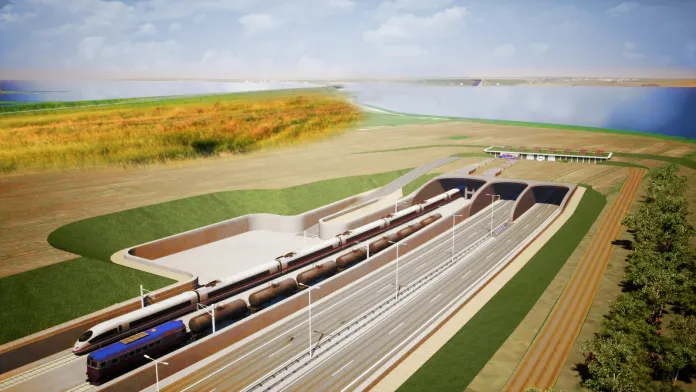
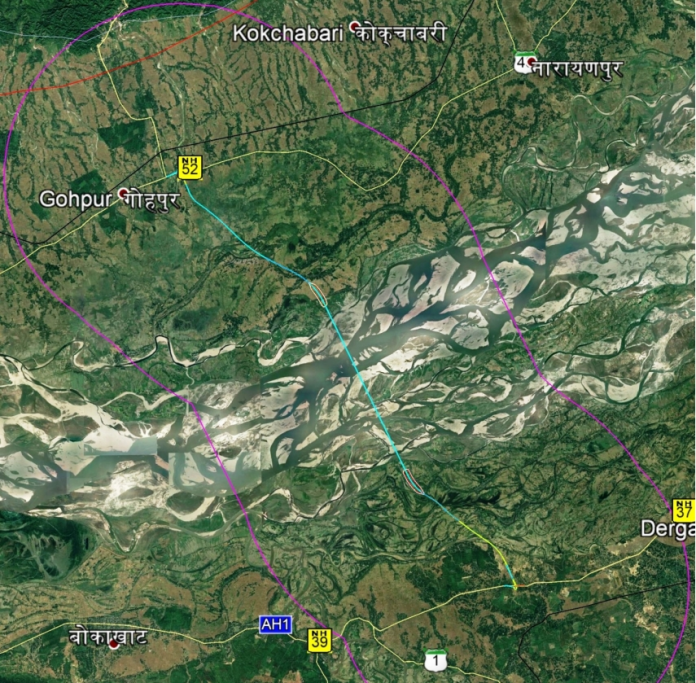
Thank you